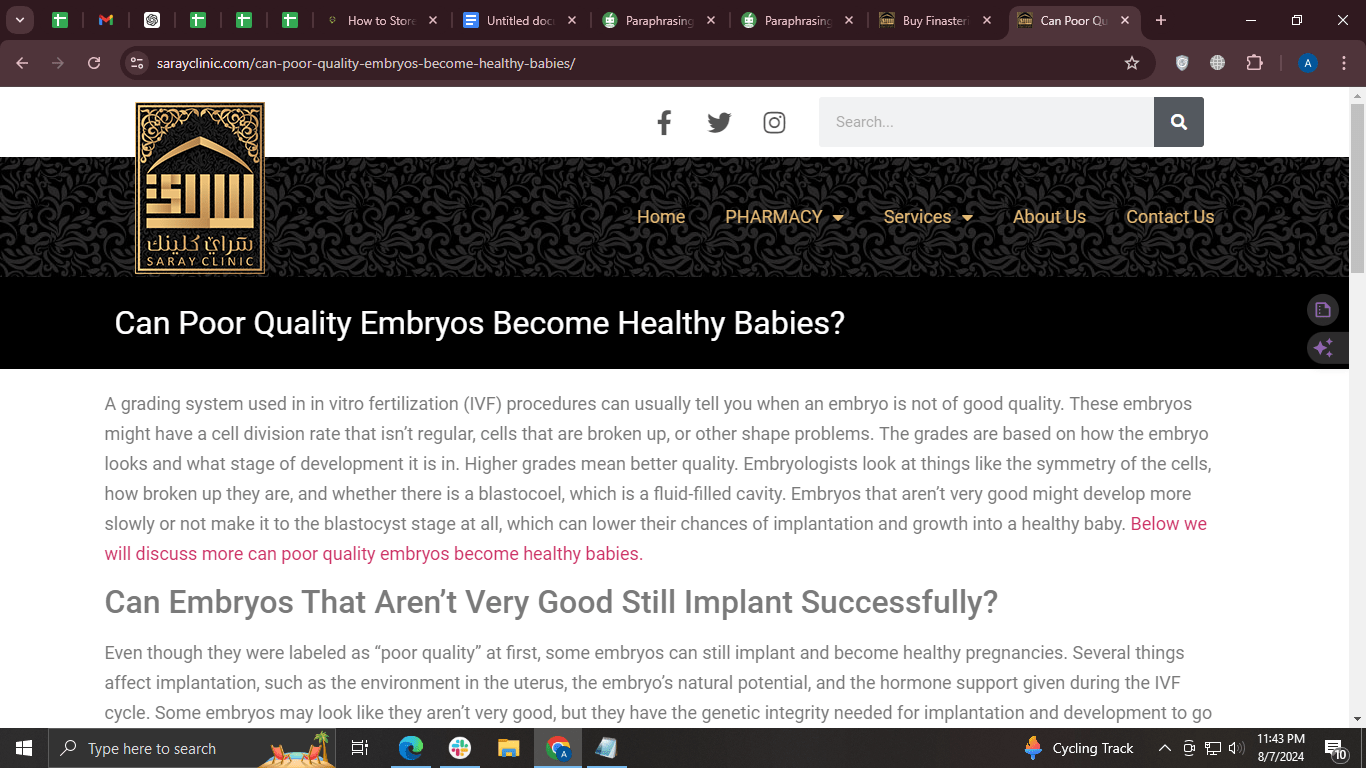
In numerous industries, such as manufacturing, automotive, and construction, welding is an essential operation. It is the process of fused materials together by using high heat and pressure to form robust and long-lasting bindings. Welders need to be aware of the various health concerns associated with welding, even though it’s a vital and valued trade. This article examines the dangers associated with welding, their effects on health, and practical ways to reduce them.
Welding-Related Health Risks
Respiratory problems The health of their lungs is one of the main issues for welders. Inhaled fumes and gasses released during the welding process can be dangerous. In addition to gasses like carbon monoxide and ozone, these vapors contain a variety of hazardous metals like lead, cadmium, and manganese. Extended exposure to these drugs may result in long-term respiratory disorders, including chronic obstructive pulmonary disease (COPD) and bronchitis. In extreme circumstances, it can potentially raise the risk of lung cancer.
Skin Issues:
Skin disorders can also affect welders. Burns and other skin irritations can result from welding’s strong heat and UV radiation. Furthermore, if appropriate protective gear is not worn, the molten metal and sparks that can splatter during the welding process could cause burns and other injuries welding bad for human health.
Eye Damage:
Known as “arc eye” or “welder’s flash,” the intense arc created during welding can seriously harm eyes. Similar to a sunburn on the cornea, this ailment can cause excruciating pain, redness, and light sensitivity. Extended exposure to light can result in more serious eye diseases, such as cataracts and irreversible vision loss.
Noise-Induced Hearing Loss:
Welding produces a lot of noise, particularly in industrial environments. Hearing loss caused by noise exposure can occur over an extended period of time. Without the right ear protection, prolonged exposure to loud noises can cause irreversible harm to the hearing aid.
Heat Stress:
The high heat produced by welding processes, particularly in poorly ventilated areas, can result in heat stress. Heat stress symptoms include profuse perspiration, nausea, and dizziness. Extended exposure to high temperatures has the potential to worsen cardiovascular diseases.
Musculoskeletal Injuries:
Welding involves physically demanding postures and handling heavy equipment, both of which can result in musculoskeletal injuries. Welders frequently experience joint issues, back pain, and injuries from repetitive strain.
Reducing the Risks:
Effective ventilation is essential to minimizing exposure to hazardous welding fumes. By installing fume extractors and local exhaust ventilation systems, the amount of harmful compounds present in the air can be greatly reduced. Make sure there is enough airflow in small areas, or utilize ventilators to get rid of pollutants.Wearing the proper personal protective equipment (PPE) is crucial for safeguarding against a variety of welding-related dangers. This comprises:
Welding helmets:
fitted with filters that automatically darken to shield the eyes from strong light and UV rays.
Wear gloves, aprons, and jackets that withstand flames to protect your skin from burns and sparks.
Respirators:
Wearing respirators or masks made to filter out welding fumes can assist safeguard respiratory health when operating in areas with inadequate ventilation.
Hearing Protection:
To avoid hearing loss in noisy surroundings, wear earmuffs or earplugs.
Eye Protection:
Safety goggles or glasses worn under the helmet can offer additional eye protection in addition to welding helmets. Frequent ocular examinations can aid in the early detection of any problems stemming from welding.
Heat Stress Management:
Make sure that workplaces have adequate ventilation and that employees have access to cool rest rooms in order to prevent heat stress. In order to manage heat stress, it’s also critical to drink enough water and take frequent rests. Reducing heat strain and balancing workloads can be achieved by implementing a work-rest cycle.The adoption of ergonomic methods has the potential to reduce the incidence of musculoskeletal injuries. This entails utilizing workstations that are adaptable, offering cushioning mats, and promoting safe lifting methods. Maintaining flexibility and minimizing muscular strain can also be aided by regular stretching and exercise.
Frequent Health Checkups:
In order to keep an eye out for any potential health problems stemming from their working conditions, welders should schedule routine health checkups. Treatment and preventative methods for skin or respiratory disorders can be improved with early detection.
Education and Awareness:
Continuous instruction of the risks associated with welding as well as safe procedures is essential. Employees should be instructed on the proper usage of personal protective equipment (PPE) and safety procedures, as well as the risks involved in welding. A culture of safety can be strengthened by regular updates on best practices and safety drills.
Safe Work Practices:
Using safe work procedures is essential to reducing hazards. This involves making certain that safety procedures are scrupulously adhered to and that all welding equipment is kept in good working order. Accidents and health problems can be avoided by following safety regulations and avoiding shortcuts.
In summary
A crucial and skilled trade that makes a substantial contribution to many industries is welding. Welding does, however, carry a number of health concerns that must be carefully managed. Welders may safeguard their health and carry out their duties in a safe and effective manner by being aware of these hazards and putting effective mitigation procedures into place. Prioritizing safety in the form of appropriate ventilation, PPE, ergonomic procedures, and routine health examinations is essential to guaranteeing the long-term health of individuals involved in welding operations. Not only does prioritizing safety safeguard individual employees, but it also cultivates a culture of health and safety across the sector.